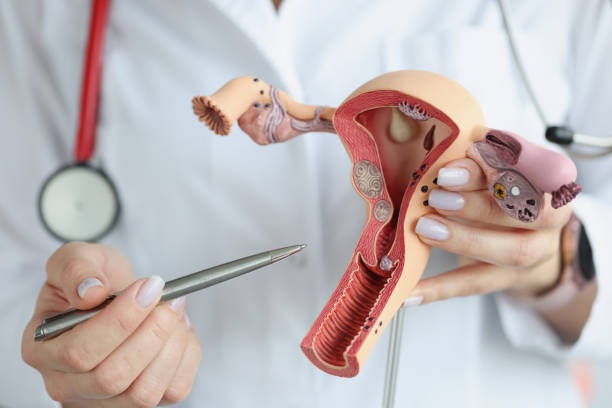Childbirth is a miraculous and transformative experience, but it often comes with physical changes that may leave some women wondering how to restore the tone and tightness of their vaginal muscles. While it’s essential to embrace and celebrate the changes that accompany motherhood, many women seek ways to enhance their intimate well-being postpartum. In this article, we will explore effective and safe methods on how to tighten vagina after birth.
Understanding Vaginal Changes After Birth:
Childbirth can lead to various changes in the pelvic floor muscles and vaginal tissues. These changes are natural responses to the stretching and expansion that occur during labor and delivery. Common postpartum concerns include vaginal laxity, reduced sensation during intercourse, and mild urinary incontinence.
Safe and Effective Ways to Tighten the Vagina After Birth:
Kegel Exercises:
Kegel exercises are a simple yet powerful way to strengthen the pelvic floor muscles.
Identify the muscles by stopping the flow of urine midstream, and contract and release these muscles for 10-15 minutes daily.
Pelvic Floor Physical Therapy:
Consult with a pelvic floor physical therapist who can provide personalized exercises and techniques to strengthen and tone the pelvic floor.
Vaginal Dilators:
Vaginal dilators are devices that gradually stretch and tone the vaginal muscles.
Start with smaller sizes and gradually increase, using them under the guidance of a healthcare professional.
Non-Invasive Treatments:
Explore non-invasive treatments such as laser therapy, radiofrequency (RF) therapy, or ultrasound therapy.
These procedures stimulate collagen production, promoting tissue tightening without surgery.
Healthy Lifestyle Choices:
Maintain a healthy lifestyle by staying hydrated, exercising regularly, and incorporating pelvic floor-friendly exercises into your routine.
Topical Creams and Gels:
Some over-the-counter creams or gels claim to promote vaginal tightness. However, it’s crucial to use products that are safe, and consulting with a healthcare professional is advised.
Considerations and Precautions:
Consult with a Healthcare Professional:
Before starting any postpartum vaginal tightening regimen, consult with your healthcare provider to ensure that the chosen methods are safe and suitable for your individual needs.
Postpartum Healing Time:
Give your body ample time to heal after childbirth before initiating any tightening procedures. The recommended postpartum healing period is typically six weeks.
Realistic Expectations:
Understand that achieving optimal results may take time, and consistency is key. Set realistic expectations and be patient with the process.
Breastfeeding Considerations:
If breastfeeding, consider the impact of hormonal changes on vaginal tissue. Discuss any concerns with your healthcare provider.
Conclusion:
Embarking on the journey of vaginal tightening after childbirth is a personal choice that should be approached with care and consideration. While there are various methods available, it’s crucial to prioritize your health and well-being. Consulting with healthcare professionals, incorporating safe exercises, and exploring non-invasive treatments can contribute to gradually restoring pelvic health and enhancing intimate well-being. Remember, each woman’s postpartum experience is unique, and the path to rediscovering intimacy should be guided by individual needs and preferences.







